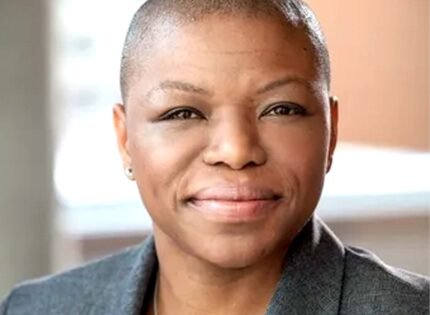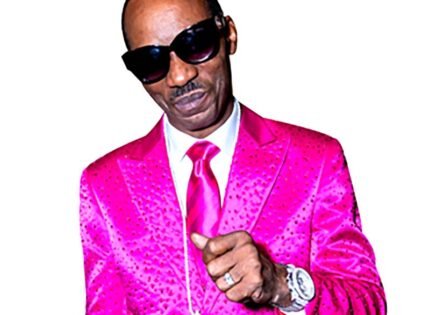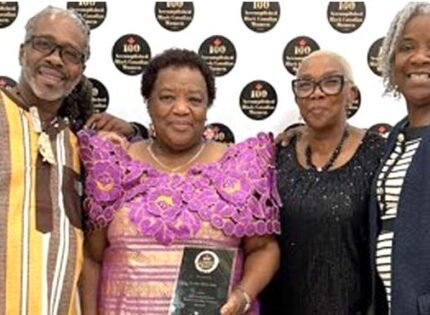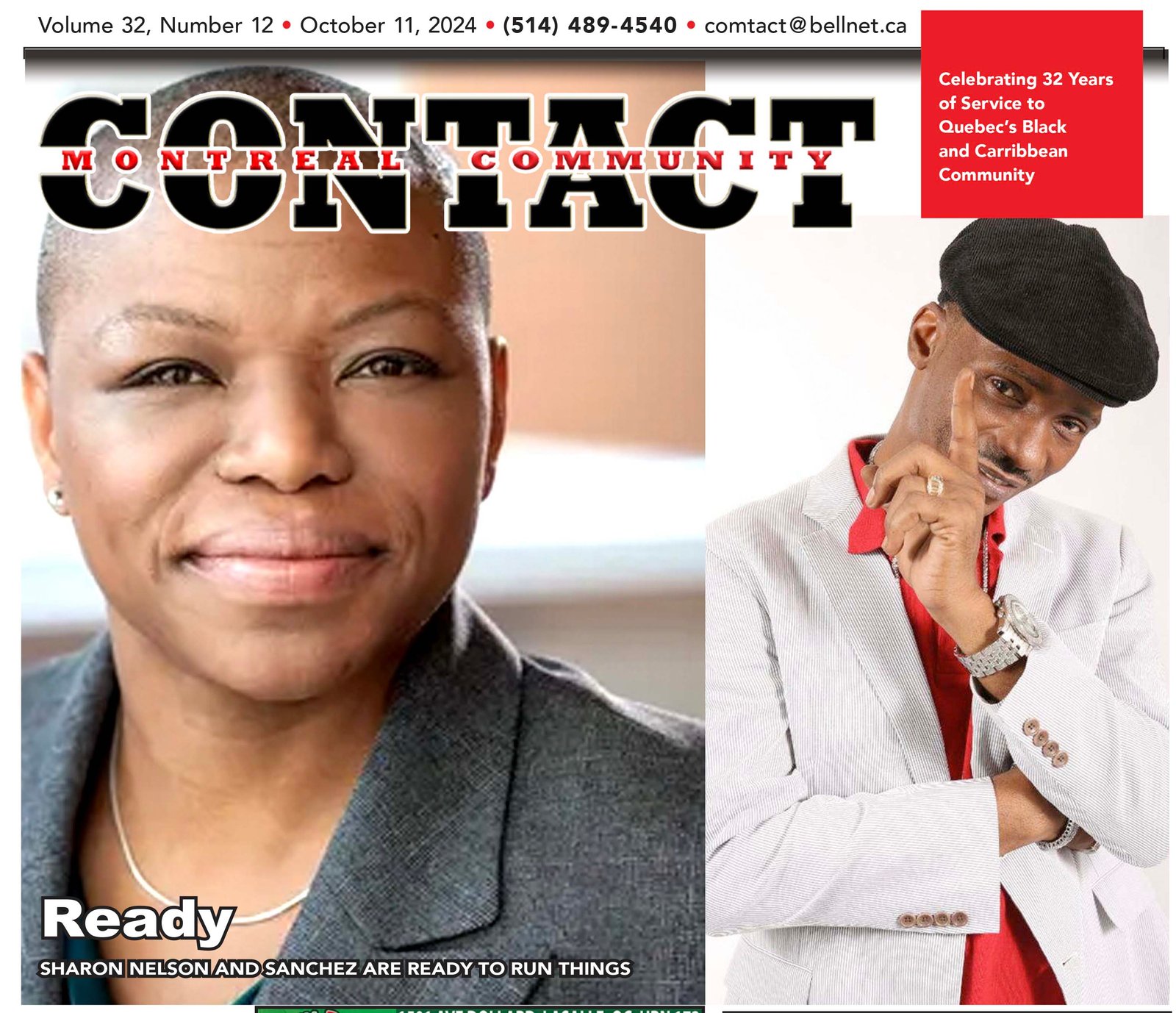Contact STAFF
Those were heady days in America – for Black people. It was a time when Jim Crow laws were the rule, effectively impeding any notion of progressive movement for the slaves’ offspring as they sought ways to demonstrate their presence and sense of belonging…
But according to an Internet article, “Jim Crow was more than a series of rigid anti-black laws…it was a way of life which operated primarily, but not exclusively, in southern and border states, between 1877 and the mid-1960s.”
The rigid anti-Black realities and racist ethos of the day notwithstanding, beginning in the mid-1950s, a group of artists called the Highwaymen— including one female—against all odds, found their calling in painting… focusing primarily on [things such as religious scenes and landscapes in] their immediate environment.
With no art galleries willing to exhibit their works, the Highwaymen tapped into their industriousness to find a way to eke out a living: they took to the highways of the southern states selling paintings from the trunks of their cars and by going door-to-door in white neighborhoods and businesses.
“As migrant workers, sharecroppers and construction workers, the Highwaymen discovered that putting down their tools and picking up paintbrushes could lift their families out of dire poverty.
They worked tirelessly, using cheap and found materials to create wildly-colourful, idyllic scenes of Florida’s wilderness…”
The irony of the lives and gradual artistic development of The Highwaymen was an established white regional landscape artist, one A. E. ”Beanie” Backus, who came into the picture (of their lives) and helped the collective come to a semblance of prominence, by mentoring two Highwaymen, Harold Newton and Alfred Hair, both budding painters.
As the story goes, “Newton was already a painter, but after seeing Backus’ works he switched from painting religious scenes to painting landscapes. Hair, on the other hand became one of Backus’ students.”
He later started a business creating and selling art as well as teaching budding Black artists to paint, using his so-called “fast painting technique,” explained this way: “They painted fast and furiously, sometimes together in someone’s backyard or home studio, and occasionally in the natural environment…”
By the beginning of the 1970s, “many of the artists were making a living painting,” but tragedy struck when Hair, one of the prominent members of the collective, was killed…
Without his enthusiasm and energy, some of the artists discontinued painting, and as time went on, others stopped due to lack of sales.” But others pursued their passion.
While not all achieved the same level of [individual] success, “Over a forty-year (some say sixty-year) span, it’s believed that The Highwaymen created between 150,000 to 200,000, (up to 400,000 others contend) paintings, which were sold for $15, $25 up to $35 each.”
Their legacy has been established. Canadians had an opportunity to see the paintings of the storied Highwaymen when the only female member, Mary Ann Carroll, now in her late 70s, visited Ottawa in February during Black History Month celebrations for the opening of a new retrospective of the artists’ work at SAW Gallery, in collaboration with the Embassy of the United States.
Said Carroll, “We were never invited or allowed in galleries…I never really thought about it. It’s almost unimaginable,” she said. “I just painted, you know.”
Guy Bérubé, curator of the SAW Gallery, emphasized the importance of the exhibition by saying, “[These artworks] weren’t created to be presented to galleries. They were presented to put food on the table, and to me that’s the heart of the exhibition… The beauty of their craft [is that] it was self taught, it was intuitive, and it was made from the heart.”
Comparisons have been made between the paintings of The Highwaymen and those of the storied [Canadian] Group of Seven.
Montrealers will have an opportunity to see The Highwaymen paintings when the U.S. Embassy and Consulate in Canada, in collaboration with The Montreal Art Centre presents The Florida Highwaymen, from May 6th to May 29th at the Montreal Art Centre. Free admission to the exhibition and related events.












